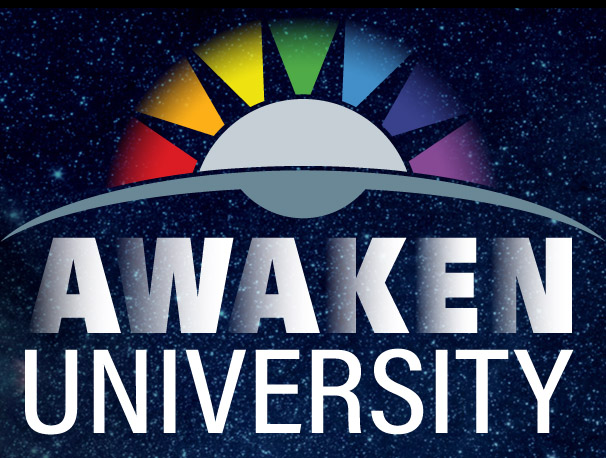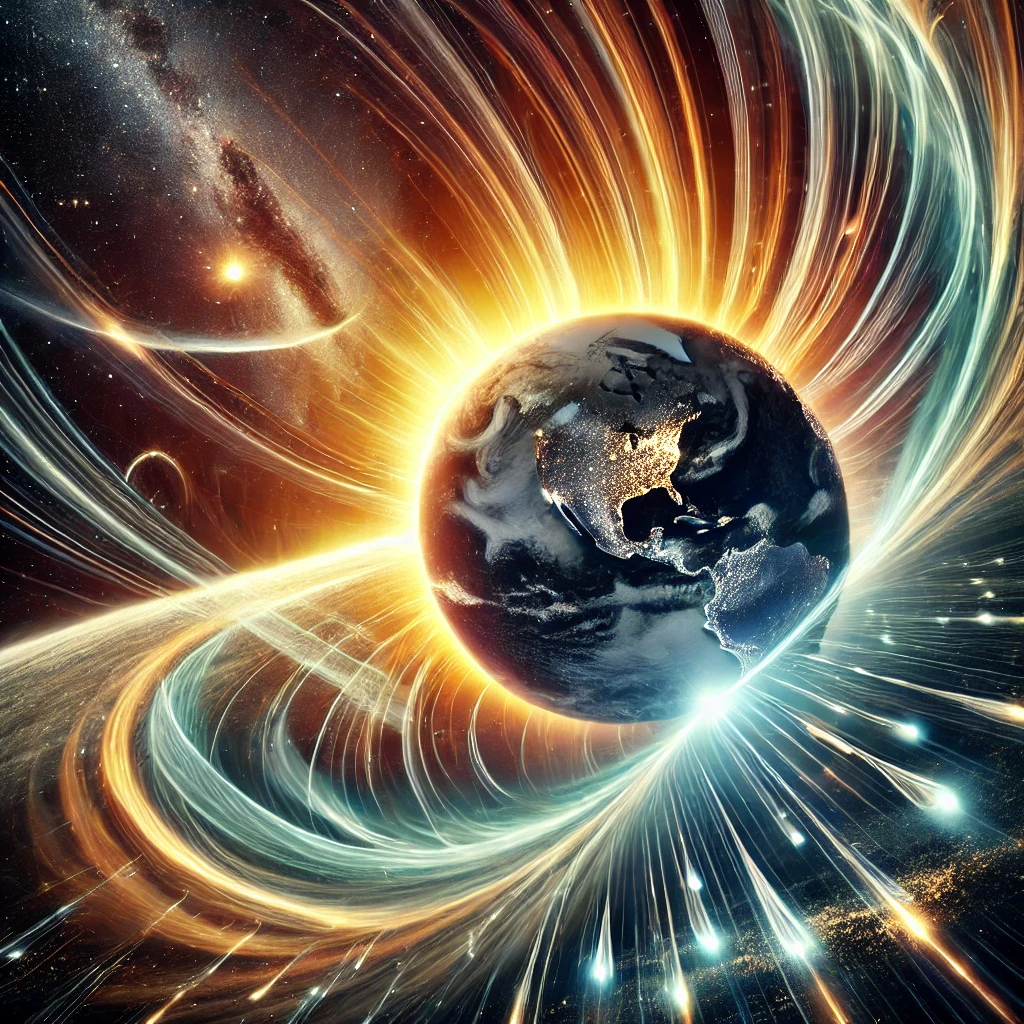Overview
Solar wind is a continuous stream of charged particles released from the Sun’s outer atmosphere (corona). This plasma consists primarily of electrons, protons, and helium nuclei, traveling at speeds ranging from 250 to 750 kilometers per second (km/s). Solar wind plays a critical role in shaping space weather, planetary magnetospheres, and interstellar environments.
On Earth, the interaction between solar wind and our magnetic field creates phenomena such as the auroras, while extreme solar storms can disrupt satellites, power grids, and communication systems.
What Is Solar Wind?
Formation of Solar Wind
- Originates from the Sun’s corona, where extreme heat (over 1 million degrees Kelvin) energizes plasma particles.
- These charged particles escape the Sun’s gravitational pull due to their high kinetic energy.
- The solar wind spreads outward, influencing planets, moons, and interplanetary space.
Types of Solar Wind
There are two primary types of solar wind, classified by their speed and source region on the Sun:
- Fast Solar Wind (≈750 km/s)
- Originates from coronal holes (regions where the Sun’s magnetic field opens into space).
- Maintains a steady flow, affecting planetary atmospheres and magnetospheres.
- Slow Solar Wind (≈250-500 km/s)
- Ejected from active regions and streamer belts near the Sun’s equator.
- More variable, sometimes leading to geomagnetic disturbances.
These solar wind streams continuously interact with the heliosphere, defining the boundaries of the Sun’s influence in the solar system.
Effects of Solar Wind on the Solar System
1. Impact on Planetary Magnetospheres
Planets with strong magnetic fields, such as Earth, Jupiter, and Saturn, create a protective shield (magnetosphere) against solar wind.
- Earth’s Magnetosphere – Deflects most solar wind particles, but some energy penetrates, affecting the atmosphere and technology.
- Mars and Venus – Lacking a global magnetic field, these planets experience direct atmospheric erosion, losing atmospheric particles over time.
- Mercury – Has a weak magnetic field, allowing solar wind to interact directly with its surface, generating charged particle emissions.
2. Auroras: The Visual Effect of Solar Wind
- When solar wind enters Earth’s atmosphere, it excites oxygen and nitrogen molecules, producing colorful displays known as the aurora borealis (Northern Lights) and aurora australis (Southern Lights).
- Strong solar wind from coronal mass ejections (CMEs) enhances auroral activity, making them visible at lower latitudes.
3. Geomagnetic Storms and Space Weather
- When intense bursts of solar wind, especially from solar flares or CMEs, reach Earth, they trigger geomagnetic storms.
- These storms can cause:
- Satellite malfunctions and shortened operational lifespans.
- Power grid disturbances, including widespread blackouts.
- Radio signal disruptions, affecting aviation and GPS navigation.
- Increased radiation exposure for astronauts and high-altitude flights.
4. Effect on Cosmic Radiation
- During periods of strong solar wind, galactic cosmic rays (GCRs)—high-energy particles from supernovae and distant galaxies—are partially blocked from reaching the inner solar system.
- Conversely, during solar minimum, when solar wind weakens, more cosmic rays penetrate the solar system, increasing radiation exposure.
5. The Heliosphere and Interstellar Space
- The heliosphere is a bubble-like region surrounding the solar system, where solar wind dominates interstellar space.
- At the heliopause (the outer boundary of the heliosphere), solar wind collides with interstellar plasma, marking the transition into deep space.
The Voyager 1 and Voyager 2 probes crossed the heliopause, confirming the structure of this solar boundary.
Historical and Scientific Significance
1. Discovery of Solar Wind
- In 1958, physicist Eugene Parker proposed the existence of solar wind, challenging earlier models of a static interplanetary medium.
- His predictions were confirmed by space missions such as NASA’s Mariner and Apollo programs.
2. Observing and Measuring Solar Wind
- NASA’s Parker Solar Probe (launched in 2018) is the closest spacecraft to the Sun, studying solar wind acceleration and coronal heating.
- The Solar and Heliospheric Observatory (SOHO) and Wind satellite continuously monitor solar wind conditions and space weather forecasts.
Solar Wind and Its Metaphysical Interpretations
1. Solar Wind as Cosmic Energy
- Some spiritual traditions interpret solar wind as a form of cosmic consciousness flowing through the solar system.
- The Sun’s emissions are seen as waves of transformation, influencing planetary frequencies and human energy fields.
2. Solar Storms and Human Consciousness
- Many believe solar flares and geomagnetic storms amplify intuitive awareness, emotional fluctuations, and energy shifts.
- Some report heightened dream activity, mood swings, and spiritual awakenings during intense solar activity.
3. Auroras as Divine Messages
- In various indigenous and mystical traditions, auroras are viewed as spiritual signs or messages from the cosmos.
- The interaction between solar wind and Earth’s atmosphere symbolizes the union of celestial and terrestrial forces.
While these interpretations are metaphysical rather than scientific, they highlight humanity’s deep connection to solar rhythms and cosmic cycles.
How to Track and Prepare for Solar Wind Events
1. Monitoring Space Weather
- Agencies like NOAA’s Space Weather Prediction Center (SWPC) and NASA provide real-time data on solar wind conditions.
- Apps such as SpaceWeatherLive allow users to track auroras and geomagnetic storms.
2. Protecting Technology and Infrastructure
- Power grids and satellites use protective shielding and circuit designs to withstand solar storms.
- Airlines may reroute polar flights to avoid increased radiation exposure during strong solar wind events.
3. Observing Auroras
- The best times to view auroras are during geomagnetic storms, especially at high latitudes in Alaska, Canada, Scandinavia, and Antarctica.
- Stronger solar wind activity increases aurora visibility at lower latitudes.
Conclusion
Solar wind is a powerful and continuous force shaping the space environment, planetary atmospheres, and technological systems.
- Scientifically, it drives space weather, magnetospheric dynamics, and auroral activity.
- Technologically, it poses both challenges (radiation, communication disruptions) and insights (solar energy, interstellar exploration).
- Metaphysically, it is seen as an energetic current influencing human consciousness and planetary evolution.
As solar cycle activity increases, continued research into solar wind will help us better understand its effects, protect global infrastructure, and deepen our connection to cosmic forces.

